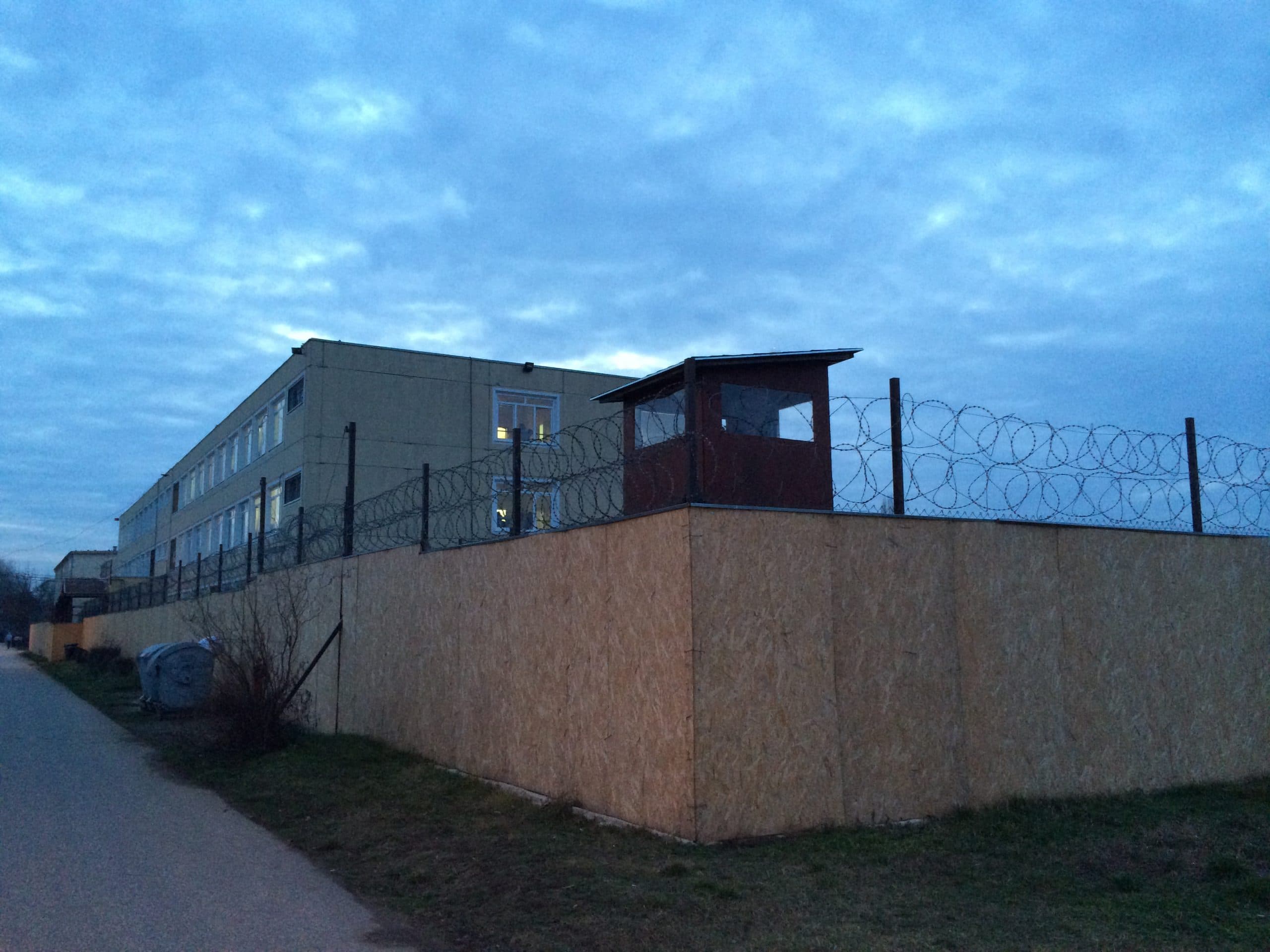Information note on asylum-seekers in detention and in Dublin procedures in Hungary
The Information Note gives a summary overview about recent developments regarding the Hungarian asylum system, with special emphasis on asylum detention and the situation of asylum-seekers under the Dublin III Regulation.

Until the end of 2012, many asylum-seekers were held in immigration detention in Hungary. The HHC, the UNHCR, the European Court of Human Rights and the European Commission strongly criticised this practice, questioning the legal ground of holding even first-time asylum-seekers in pre-deportation detention while the asylum proceedings were ongoing. In response, in 2013 the much-criticised detention practice was stopped and – following a six-month interim period – a new detention regime specific to asylum-seekers was introduced in the Asylum Act as provided for by the EU Recast Reception Directive. The legal grounds of asylum detention are different from those of immigration detention; yet the systemic shortcomings of the two detention regimes are very similar.
The HHC already summarised the legal framework of the asylum detention in its Information Note of June 2013. Our new Information Note, which contains information that is valid on 30 April 2014, is now available in English.
Detailed and up-to-date information regarding the Hungarian asylum system, including the legal framework, the asylum procedure and reception and detention conditions is available in the AIDA Country Report on Hungary, which is written by the HHC and published by the European Council on Refugees and Exiles (ECRE).
The main concerns of the Hungarian Helsinki Committee (HHC) are:
- First-time asylum applicants are frequently detained in asylum detention, which is a maximum 6-month long detention regime in place since July 2013. In practice, asylum detention is not an exceptional measure: in the beginning of April 2014, over 40% of adult male first-time asylum-seekers were detained.
- Decisions ordering and upholding asylum detention are schematic, lack individualised reasoning with regard to the lawfulness and proportionality of detention, and fail to consider the individual circumstances (including vulnerabilities) of the person concerned.
- Alternatives to asylum detention that exist in Hungarian law are only applied on an exceptional basis. Even when they are used, the application of alternative measures is neither transparent, nor efficient.
- The automatic, periodical judicial review of asylum detention (performed at lengthy, 60-day intervals) is clearly ineffective, with no individualised decision-making.
- Despite the ban in Hungarian law, due to the lack of proper state-funded age assessment mechanisms, and the difficulties of accessing it, apparently and allegedly minor unaccompanied asylum-seekers are being kept in lengthy detention together with adult detainees.
- Detention centres are ill-equipped to accommodate vulnerable detainees; vulnerabilities are not properly assessed.
- Despite recent improvements in the law, Dublin returnees whose asylum applications had been rejected at the first instance in Hungary are still not afforded an opportunity to seek effective remedies once they are returned to Hungary.
- The law still does not guarantee asylum seekers who are in a Dublin procedure the right to have access to a fully effective remedy against the decision to be transferred to another EU Member State.